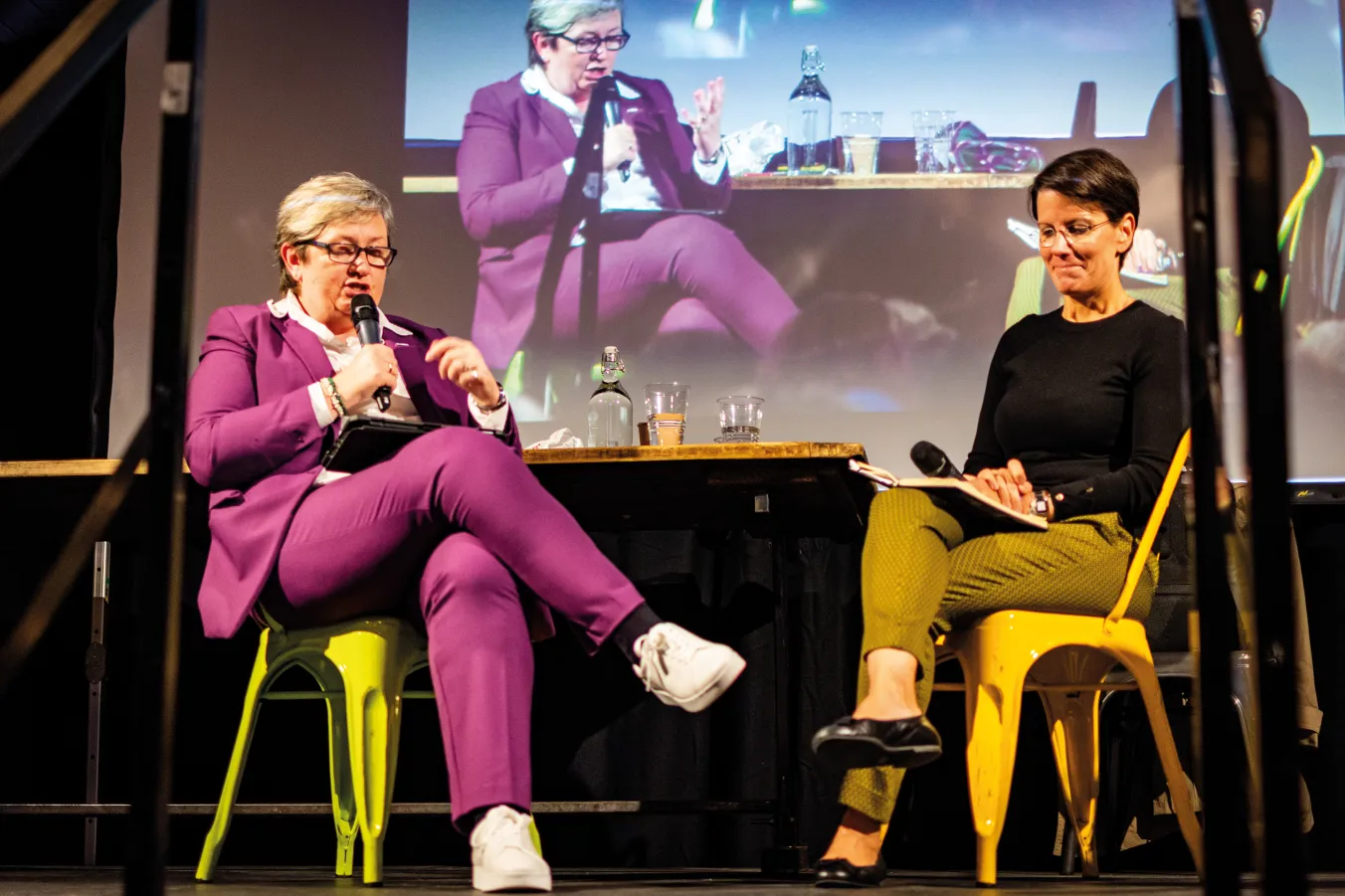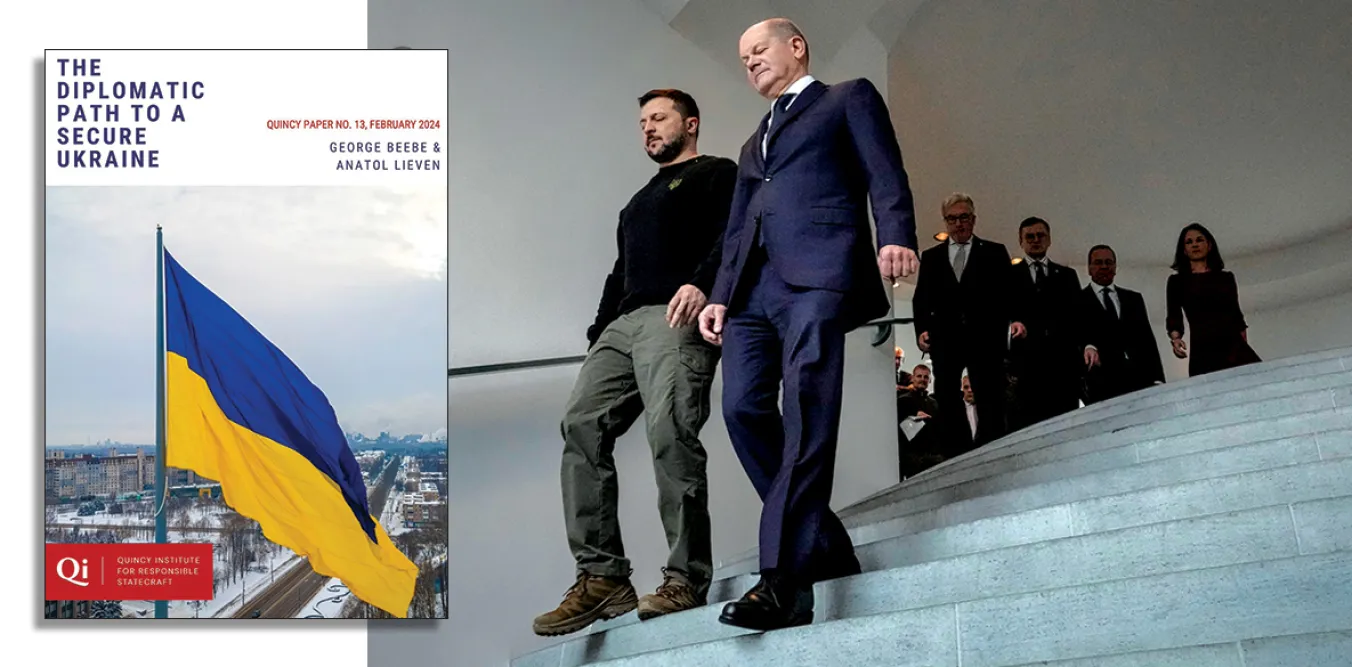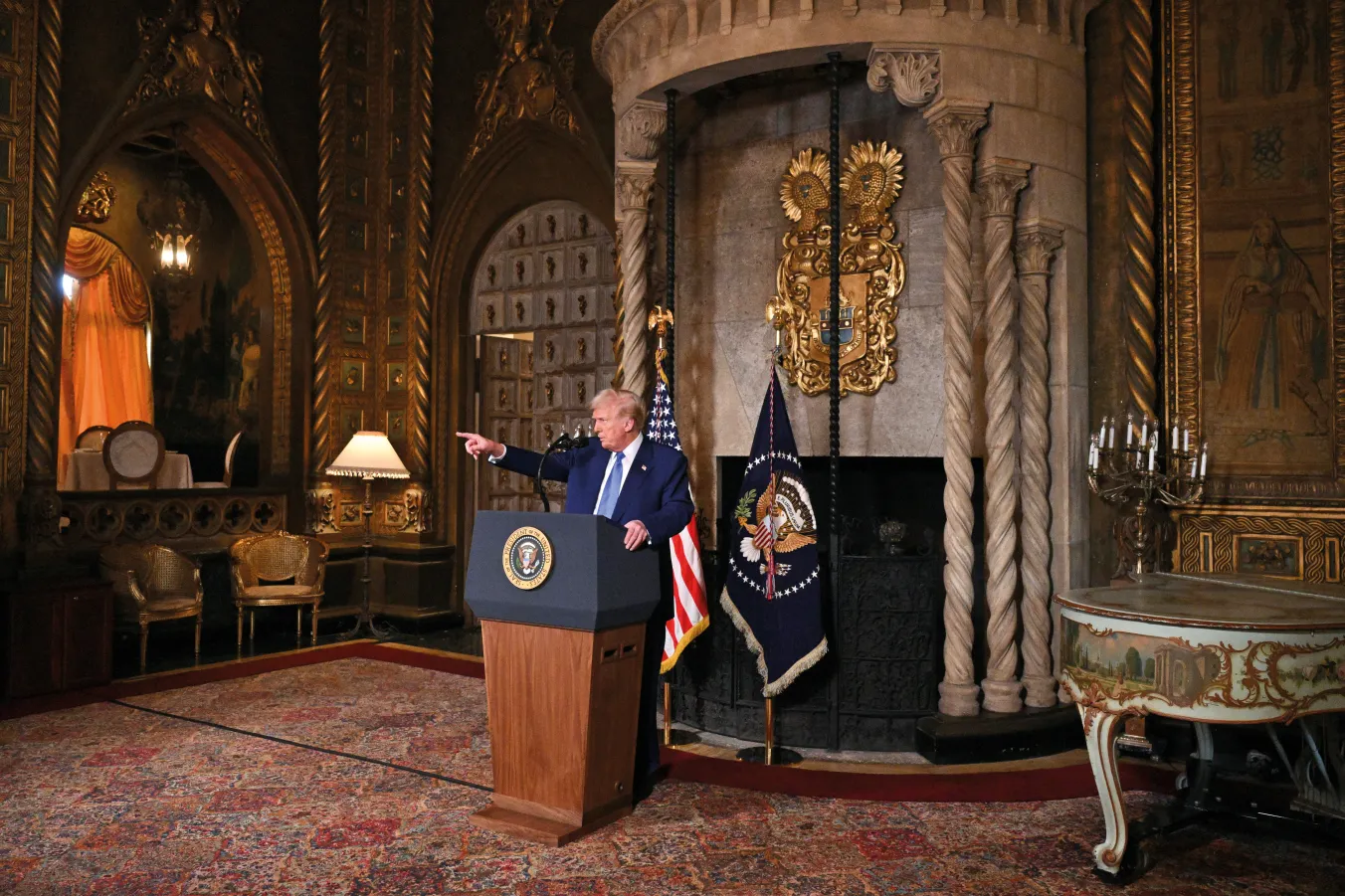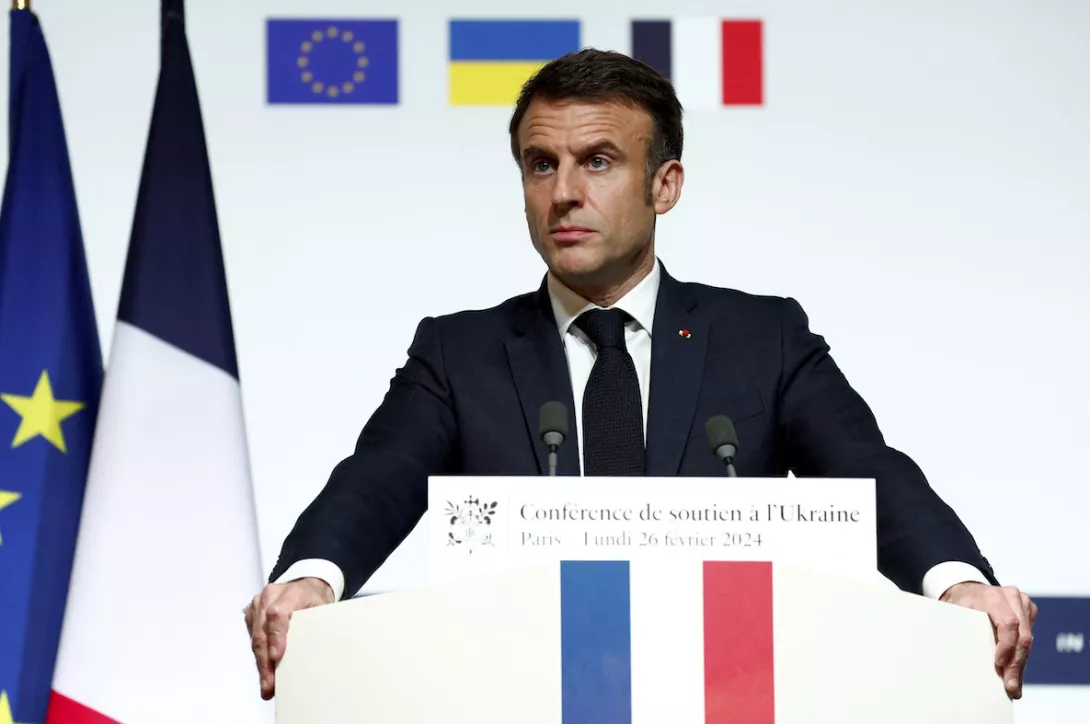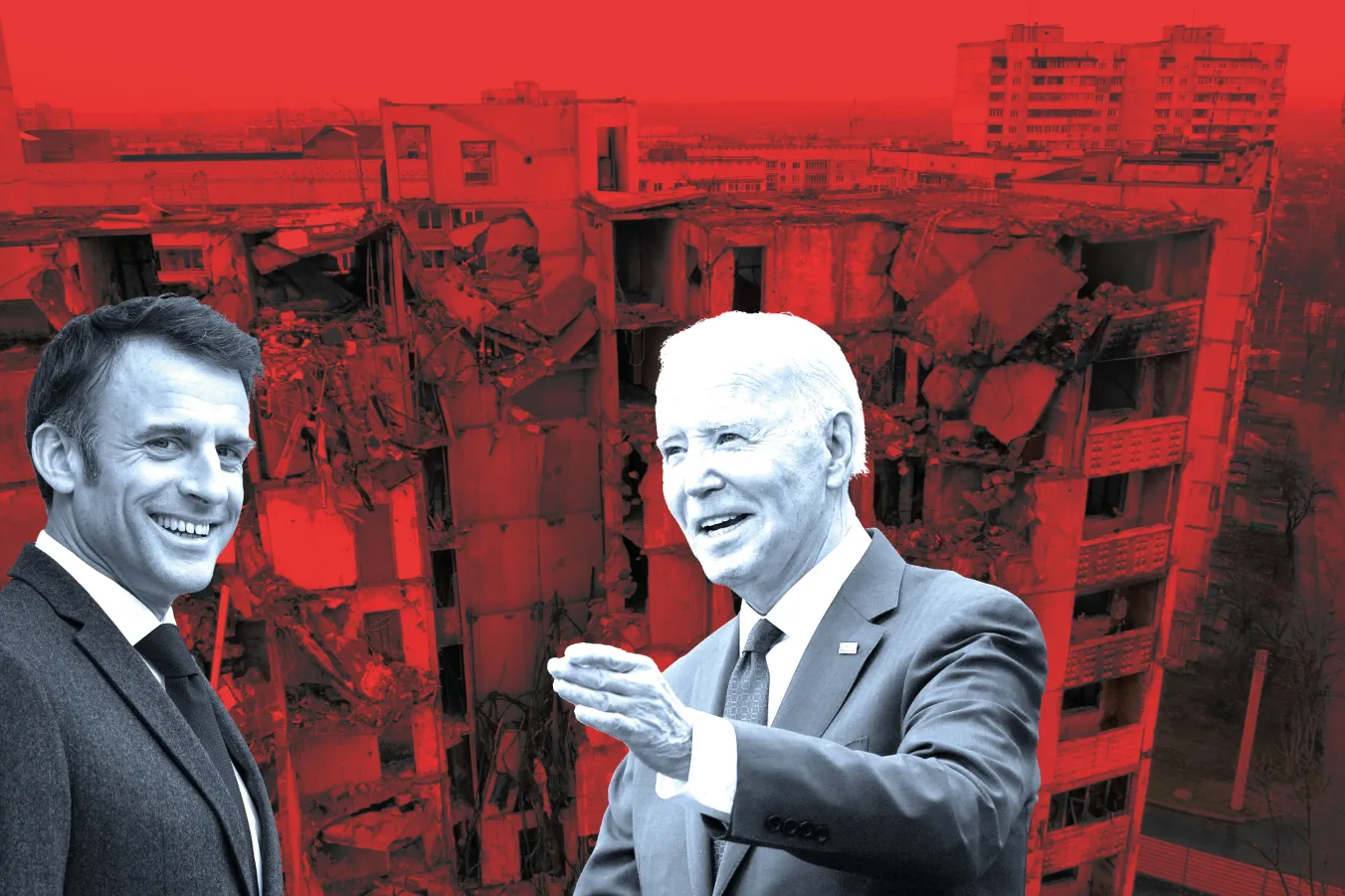
PRESIDENT Joe Biden began his State of the Union speech on March 7 with an impassioned warning that failing to pass his $61 billion weapons package for Ukraine “will put Ukraine at risk, Europe at risk, the free world at risk.”
But even if the president’s request were suddenly passed, it would only prolong, and dangerously escalate, the brutal war that is destroying Ukraine.
The assumption of the Western political elite that their leaders had a viable plan to defeat Russia and restore Ukraine’s pre-2014 borders has proven to be one more triumphalist US dream that has turned into a nightmare. Ukraine has joined North Korea, Vietnam, Somalia, Kosovo, Afghanistan, Iraq, Haiti, Libya, Syria, Yemen, and now Gaza, as another shattered monument to US military madness.

